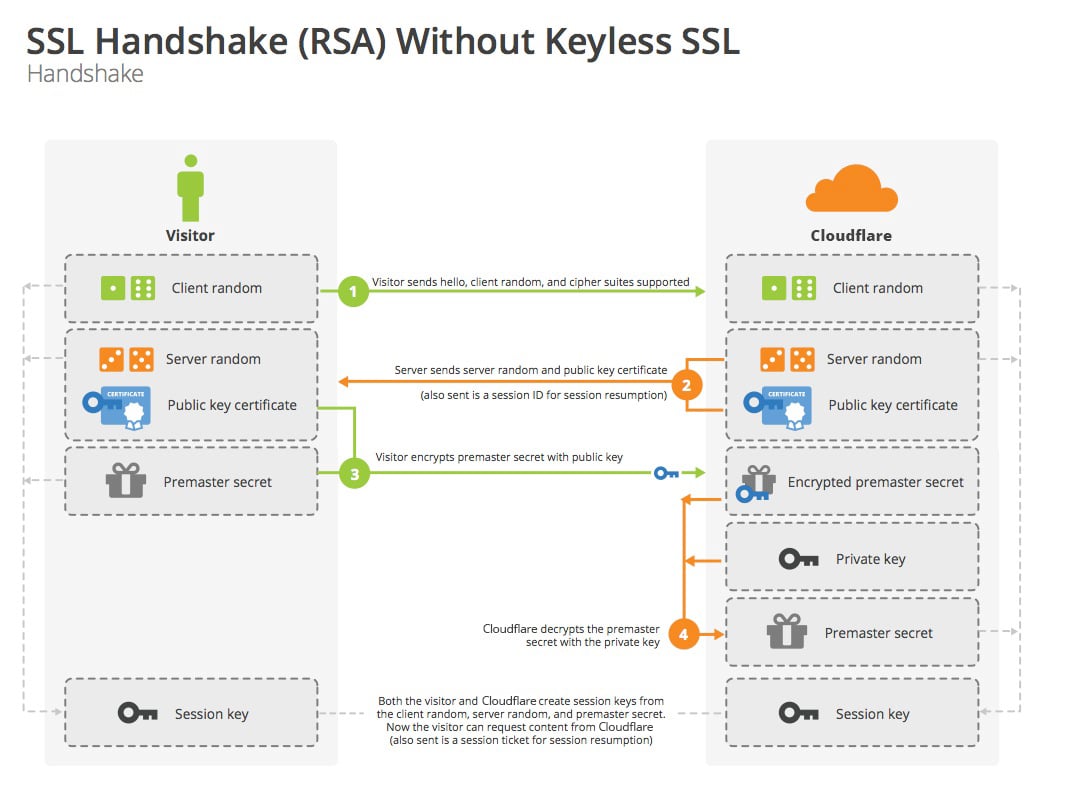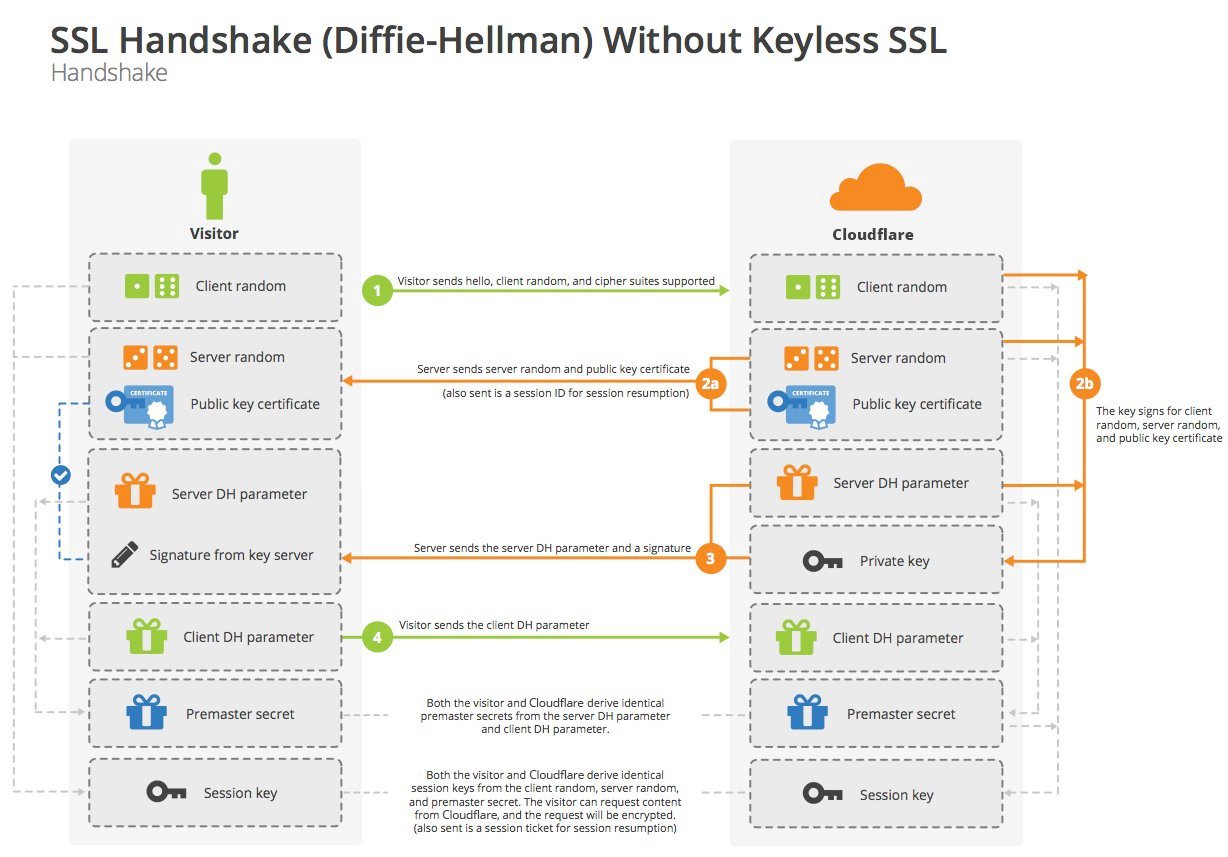The Hypertext Transfer Protocol (HTTP) is an application layer protocol for distributed, collaborative, hypermedia information systems. HTTP is the foundation of data communication for the World Wide Web, where hypertext documents include hyperlinks to other resources that the user can easily access, for example by a mouse click or by tapping the screen in a web browser.
Hypertext Transfer Protocol Secure (HTTPS) is an extension of the Hypertext Transfer Protocol (HTTP). It is used for secure communication over a computer network, and is widely used on the Internet. In HTTPS, the communication protocol is encrypted using Transport Layer Security (TLS) or, formerly, Secure Sockets Layer (SSL). The protocol is therefore also referred to as HTTP over TLS, or HTTP over SSL.
Inciding Client-authenticated (Two-way SSL)
- Negotiation Phase:
- A client sends a ClientHello message specifying the highest TLS protocol version it supports, a random number, a list of suggested cipher suites and compression methods.
- The server responds with a ServerHello message, containing the chosen protocol version, a random number, cipher suite and compression method from the choices offered by the client. The server may also send a session id as part of the message to perform a resumed handshake.
- The server sends its Certificate message (depending on the selected cipher suite, this may be omitted by the server).
- The server sends its ServerKeyExchange message (depending on the selected cipher suite, this may be omitted by the server). This message is sent for all DHE, ECDHE and DH_anon ciphersuites.
- The server sends a CertificateRequest message, to request a certificate from the client.
- The server sends a ServerHelloDone message, indicating it is done with handshake negotiation.
- The client responds with a Certificate message, which contains the client's certificate, but not it's private key.
- The client sends a ClientKeyExchange message, which may contain a PreMasterSecret, public key, or nothing. (Again, this depends on the selected cipher.) This PreMasterSecret is encrypted using the public key of the server certificate.
- The client sends a CertificateVerify message, which is a signature over the previous handshake messages using the client's certificate's private key. -- This signature can be verified by using the client's certificate's public key. This lets the server know that the client has access to the private key of the certificate and thus owns the certificate.
- The client and server then use the random numbers and PreMasterSecret to compute a common secret, called the "master secret". All other key data ("session keys") for this connection is derived from this master secret (and the client- and server-generated random values), which is passed through a carefully designed pseudorandom function.
- The client now sends a ChangeCipherSpec record, essentially telling the server, "Everything I tell you from now on will be authenticated (and encrypted if encryption was negotiated). " The ChangeCipherSpec is itself a record-level protocol and has type 20 and not 22.
- Finally, the client sends an encrypted Finished message, containing a hash and MAC over the previous handshake messages.
- The server will attempt to decrypt the client's Finished message and verify the hash and MAC. If the decryption or verification fails, the handshake is considered to have failed and the connection should be torn down.
- Finally, the server sends a ChangeCipherSpec, telling the client, "Everything I tell you from now on will be authenticated (and encrypted if encryption was negotiated). "
- The server sends its own encrypted Finished message.
- The client performs the same decryption and verification procedure as the server did in the previous step.
- Application phase: at this point, the "handshake" is complete and the application protocol is enabled, with content type of 23. Application messages exchanged between client and server will also be encrypted exactly like in their Finished message.
Server Name Indication (SNI) is an extension to the Transport Layer Security (TLS) computer networking protocol by which a client indicates which hostname it is attempting to connect to at the start of the handshaking process.
Server Name Indication - Wikipedia
Wikipedia - Hypertext Transfer Protocol
Moserware - The First Few Milliseconds of an HTTPS Connection

